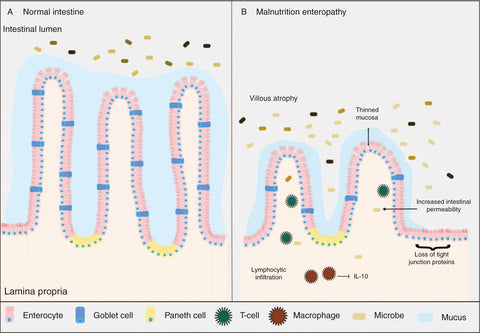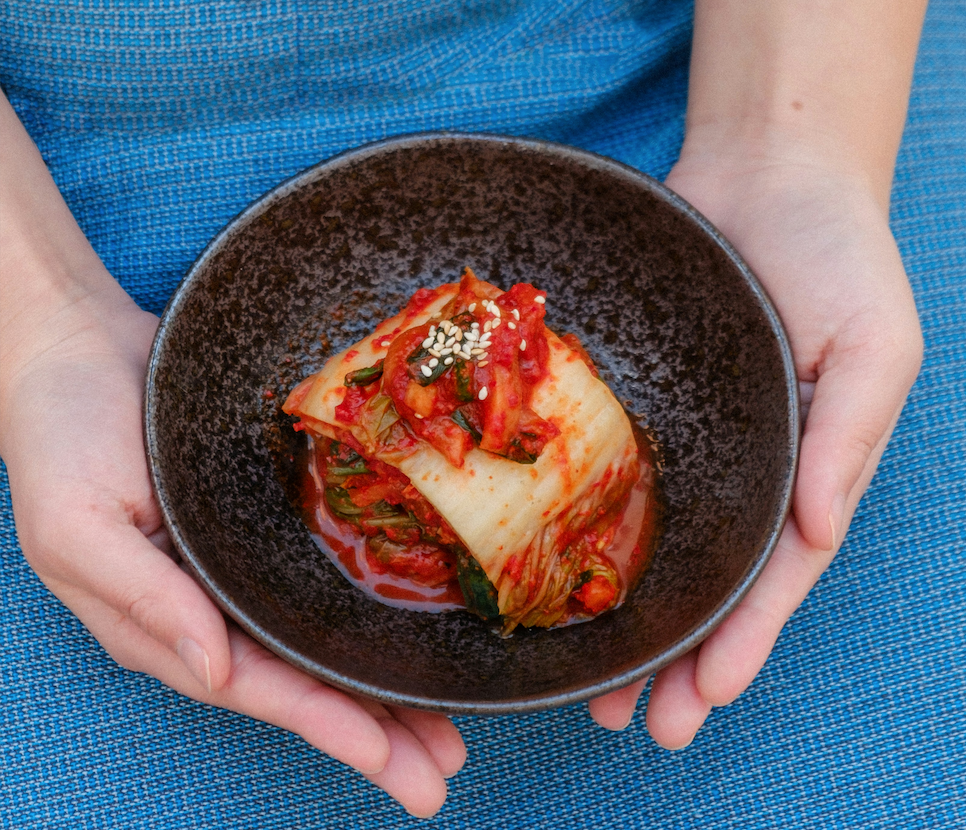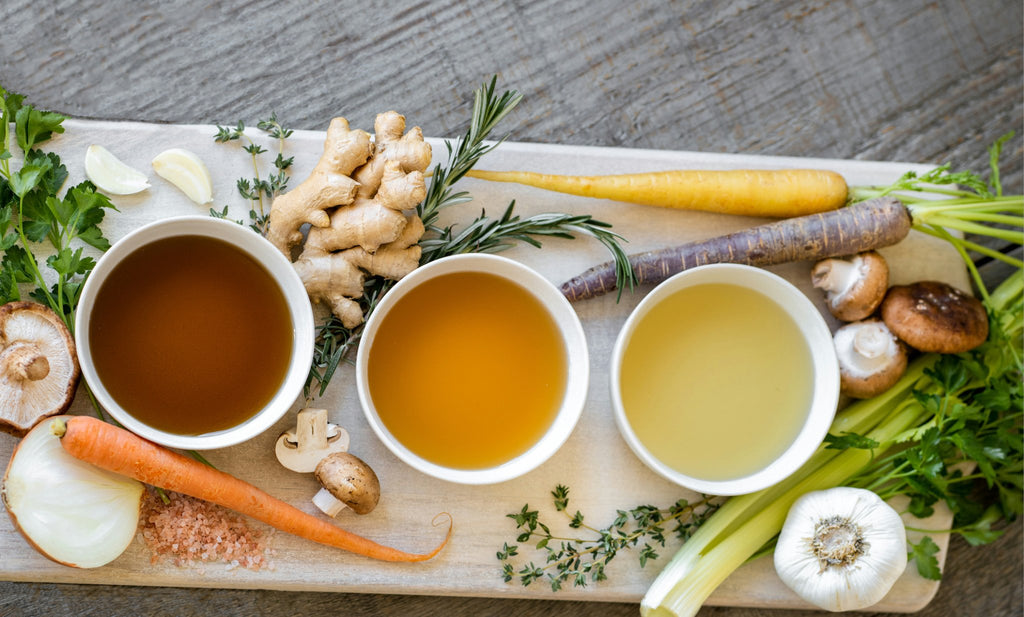As important as our microbiome is, we also need to consider the home of our microbiome, our gastrointestinal (GI) tract.
Don’t Ignore Your Gut Lining
The first two layers of our GI tract interact most with the bacteria of our microbiome. The first two layers of our GI tract are 1. Mucus Layer and 2. Epithelial layer. These two layers are the main barrier for our gut. This barrier has to keep the nasty stuff (toxins, pathogens, viruses, etc.) inside the GI tract long enough for it to get expelled while allowing good stuff (fluids, energy, nutrients, etc.) through to be absorbed into our bloodstream and be used by our body.
The Important Mucus Layer
The mucus layer is the very first, and probably most important, defence mechanism to keep the pathogenic bacteria, digestive acids, undigested food particles, bacterial by-products, and food toxins in our gut, where they should stay. If the mucus layer breaks down, problems begin. For example, without the mucus layer, our stomach acid starts damaging our stomach tissue.
The epithelial layer is coated with mucus. This layer has a two-part job, it not only keeps the harmful stuff out, but it also has to allow beneficial nutrients through. The gaps between epithelial cells are known as tight junctions. In the case of a leaky gut, these tight junctions become less “tight” and allow bacteria and toxins to invade our bloodstream. Thus resulting in widespread inflammation and a myriad of autoimmune reactions.
A breakdown in the gut’s mucus layer is becoming more common and has been associated with:
- Inflammatory bowel disease
- Leaky gut
- Gut infection
- H. Pylori infection
- Cystic Fibrosis
- Autism, Parkinson’s disease, Alzheimer’s disease, multiple sclerosis

How Can we Build our Mucus Layer?
After we haven't eaten for a while, not only do the damaged, inefficient and misplaced cells, proteins, bacteria and viruses start to get broken down through autophagy, but our mucus layer also lessens and thins. This makes sense, why would our body waste energy producing a mucus lining if there’s no food entering our gut? This is one reason that highlights the importance of carefully and slowly introducing food back into our diet.
The ideal way to introduce food into our system after a fast is by the way of bone broth. Bone broth is easily digestible and gentle on the gut. This allows our gut to have a chance to prepare for more food without being overwhelmed. At the same time, proteins, minerals, and short amino acids found in broth provide the building blocks for our gut to produce a thick, healthy, and effective shield for our gut.
Do you know there are 3 power ingredients found in bone broth that assists in sealing the gut? Collagen, found in bone broth, is known to boost mucosal lining and reduce inflammation in the process. Glutamine an amino acid found in bone broth has been shown to dramatically and safely assist in sealing the gut by reducing hyperpermeability of the gut lining. Gelatin, also found in bone broth, effectively reinforces the gut’s mucus layer integrity, which is shown to beneficially change the microbiome.
How Can We Build our Epithelial Layer?
Inflammation in the GI epithelial layer is becoming more and more common. Globally, the number of cases of inflammatory bowel disease increased from approximately 3.8 million in 1990 to 6.8 million in 2017. There are many possible causes of GI epithelium inflammation, including mucus layer breaking down, disease, or a microbiome imbalance. As we looked at in the purify section above, inflammation can be reduced through fasting. When we fast, not only do pathogenic bacteria die off, but also damaged cells and misplaced bacteria are broken down. These things reduce inflammation and prepare our gut to start building afresh.
Research has shown that Glutamine (an amino acid found in bone broth) helps to reduce inflammation in the epithelium. Glutamine has also been found to help “tighten” the tight junctions between epithelial cells, making the epithelial layer less permeable and reducing symptoms of leaky gut syndrome.
Is Broth Good for Anything Else?
At this point, we’ve got plenty of reasons to gulp down that daily cup of broth. But on top of sealing our gut, components of bone broth have also been found to:
Is Broth a New Invention?
Broth has been a normal part of diets for most cultures in the world. In China, bone broth was first recorded as being used for health purposes more than 2500 years ago. Broth has also been used in many other cultures in parts of Asia, Europe, and Africa for thousands of years. It’s delicious to drink and complements many dishes by adding an umami depth of flavour. The easily digestible proteins, minerals, and acids found in broth are hard to find in such generous quantities in other food sources.
What’s Important to Know When Buying Broth?
The health of the animal (of which the bones are used) determines the nutritional quality of the bone broth. Bone broth contains protein, minerals, and amino acids; but it also contains fat. Fat is a storehouse for toxins that an animal may have consumed. That is why it is important to know the origins of your broth ingredients.
First, buy broth made from Australian and/or New Zealand bones. Generally, cattle reared in Australia and New Zealand have a more free-range lifestyle and eat a natural, grass-dominant diet due to the varsity of space and grass available in both countries. Second, look for bone broth that is made with bones from grass-fed animals. Grains (especially in high quantities) are not great for most animals and make the animal more susceptible to infection and unbalanced gut bacteria. Importantly, the grains that are fed to the animals are more often than not sprayed with fertilisers and pesticides, or even genetically modified to incorporate pesticides, all of which are stored in animal fat.
Third, consider purchasing bone broth concentrate as opposed to fresh broth if you can’t prepare your own. Bone broth concentrate can be a more convenient and affordable option than fresh bone broth, plus it has a longer shelf life so it can keep for longer once it reaches you and you open it. Bone broth concentrate has been boiled to the point that there is no (or very little) water left. With a concentrate, you’ve got a jar essentially filled with gut sealing and healing proteins, acids, fats, and minerals. Due to the low water level in a bone broth concentrate, it is room temperature stable for many months and is usually sold at a low cost-per-serve amount compared to fresh bone broths.
Make your own broth or buy Gutsy broth. At Gutsy we’re passionate about producing the bone broth that is highest in proteins, minerals, and amino acids. As the leg bone (A.K.A. marrow) is the most nutrient and collagen dense component of an animal skeleton, we are most particular about using purely Australian leg bones to make our broth.




